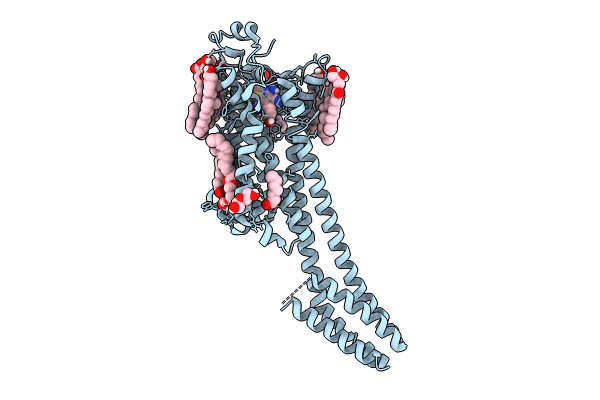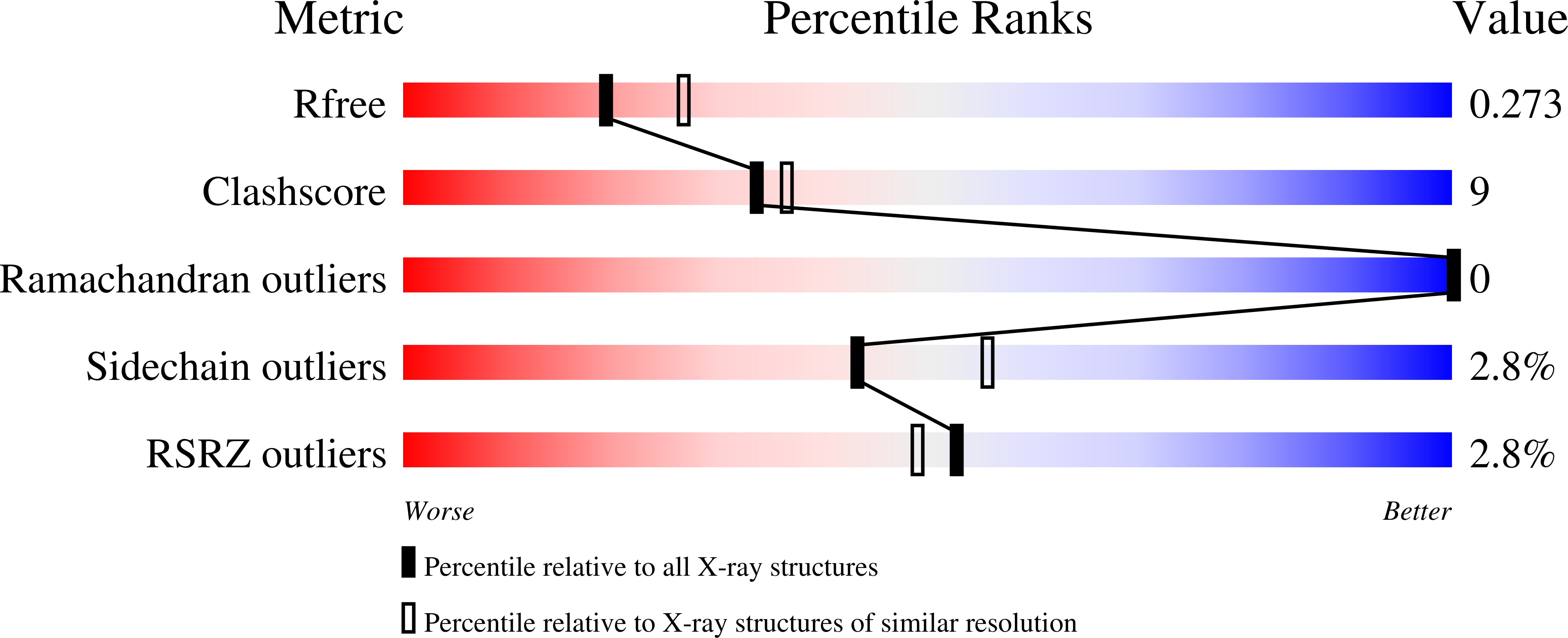
Deposition Date
2024-01-03
Release Date
2024-06-19
Last Version Date
2024-11-13
Entry Detail
PDB ID:
8RLN
Keywords:
Title:
Crystal structure of human adenosine A2A receptor (construct A2A-PSB2-bRIL) complexed with the partial antagonist LUF5834 at the orthosteric pocket
Biological Source:
Source Organism:
Homo sapiens (Taxon ID: 9606)
Host Organism:
Method Details:
Experimental Method:
Resolution:
2.43 Å
R-Value Free:
0.28
R-Value Work:
0.20
R-Value Observed:
0.20
Space Group:
C 2 2 21


